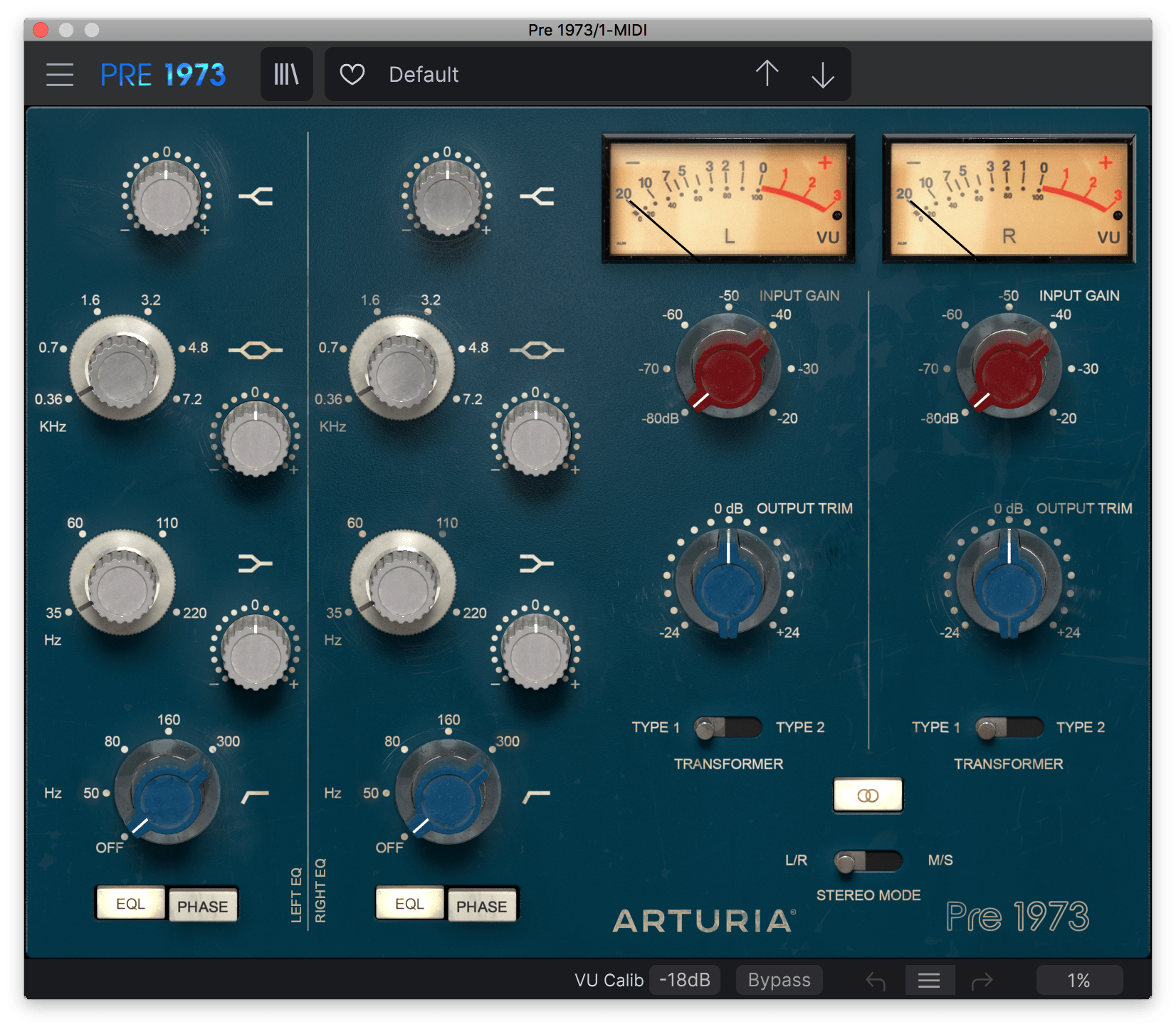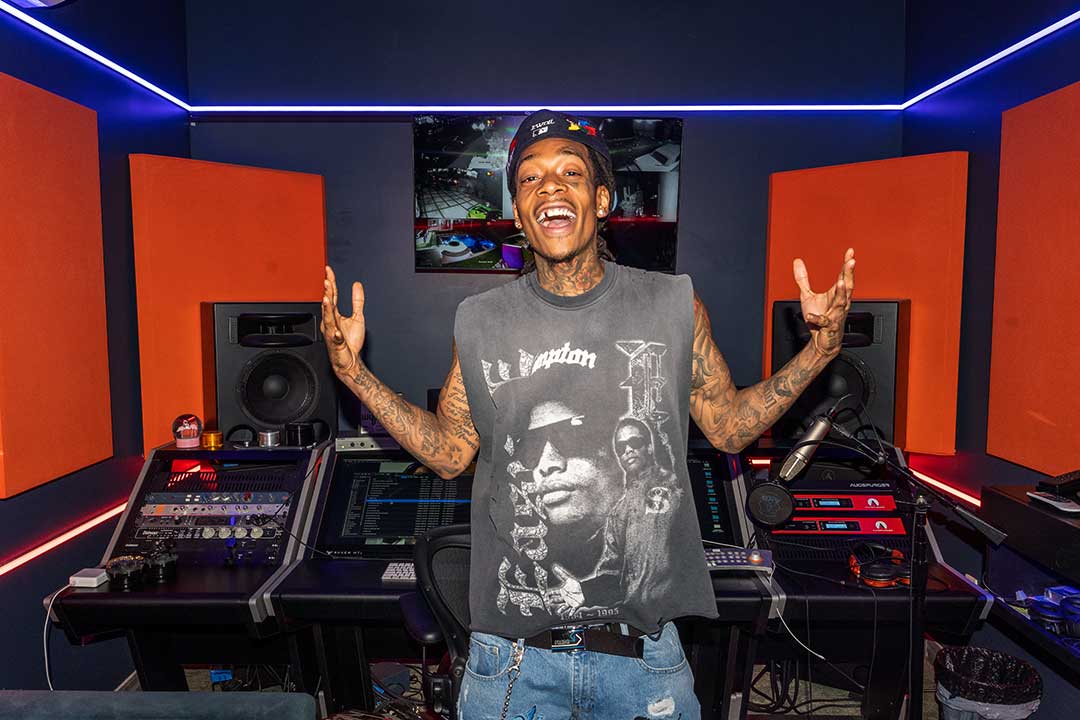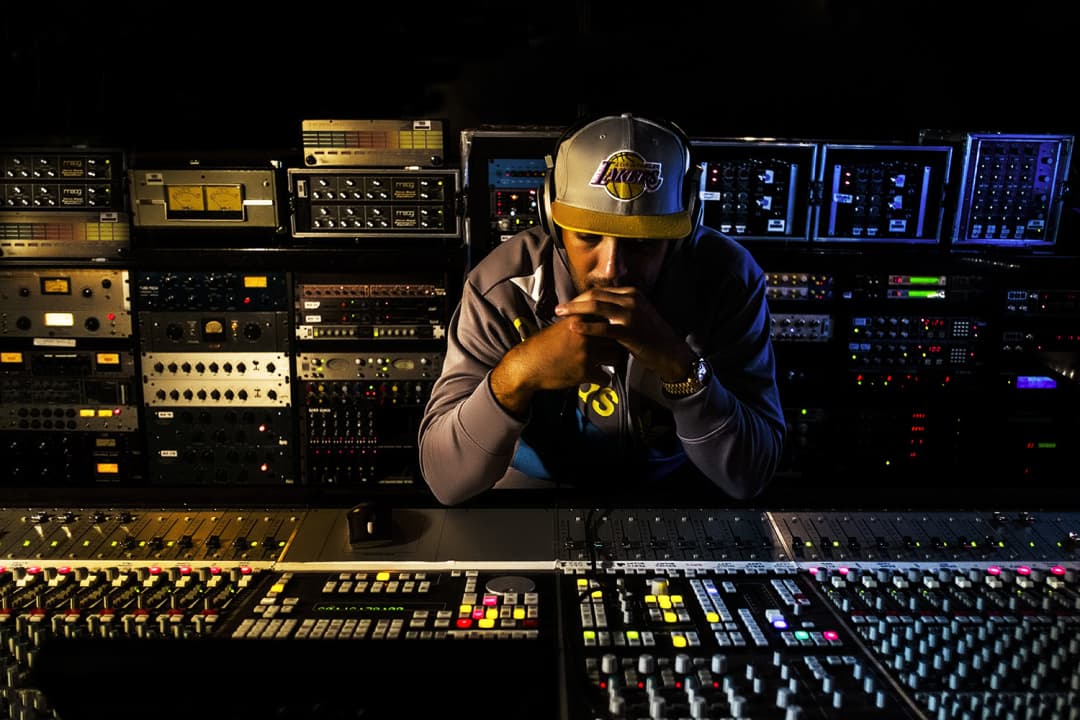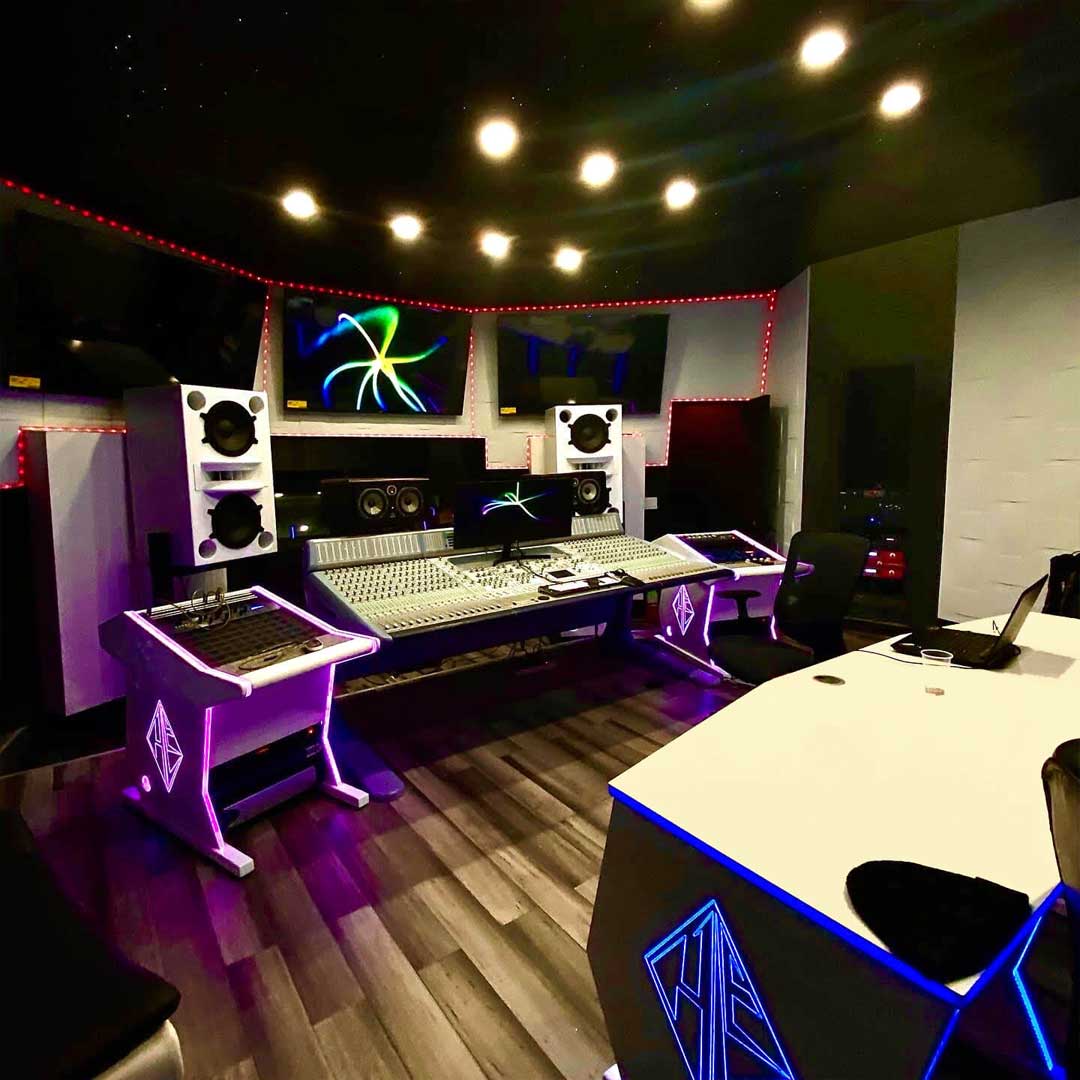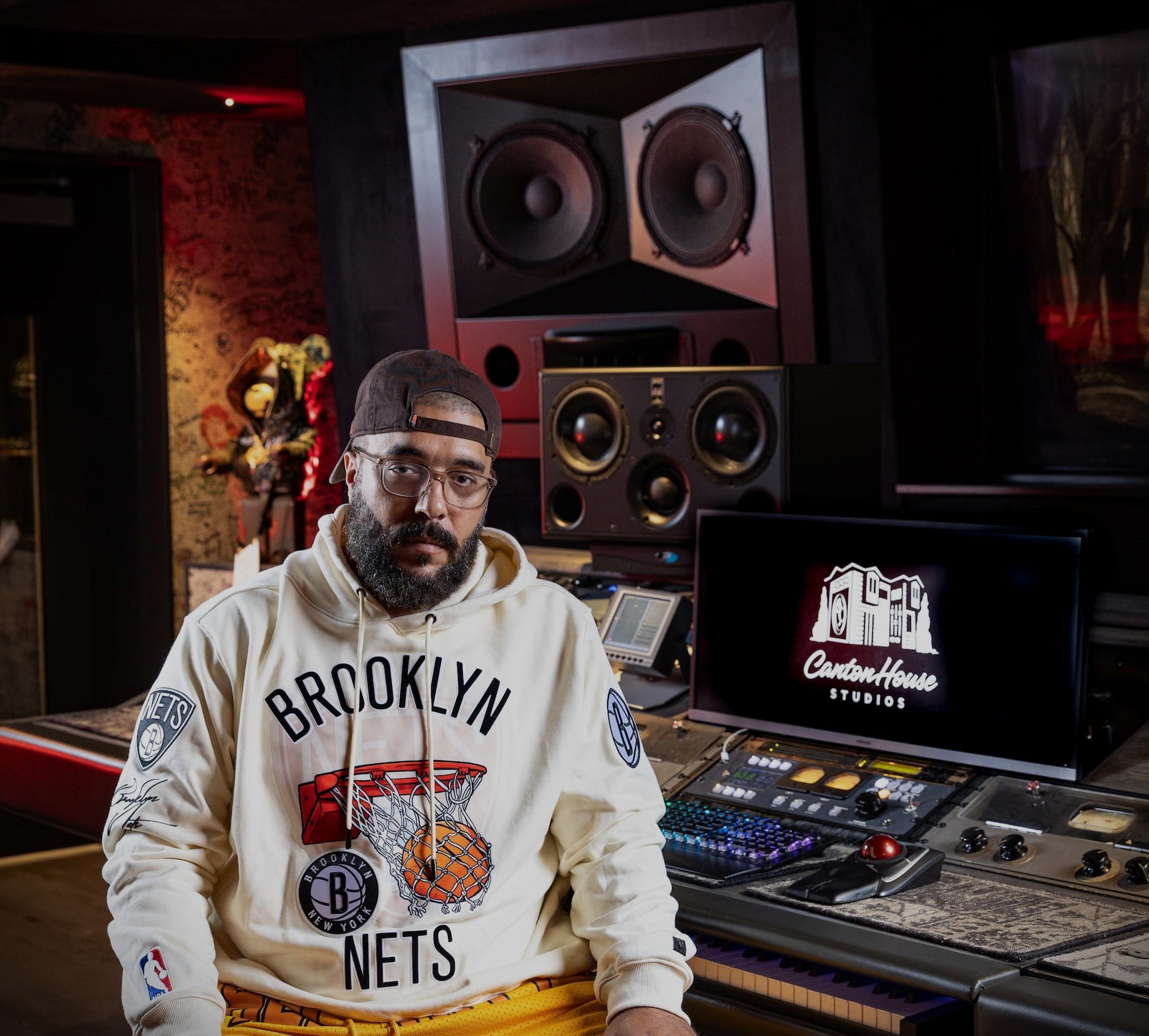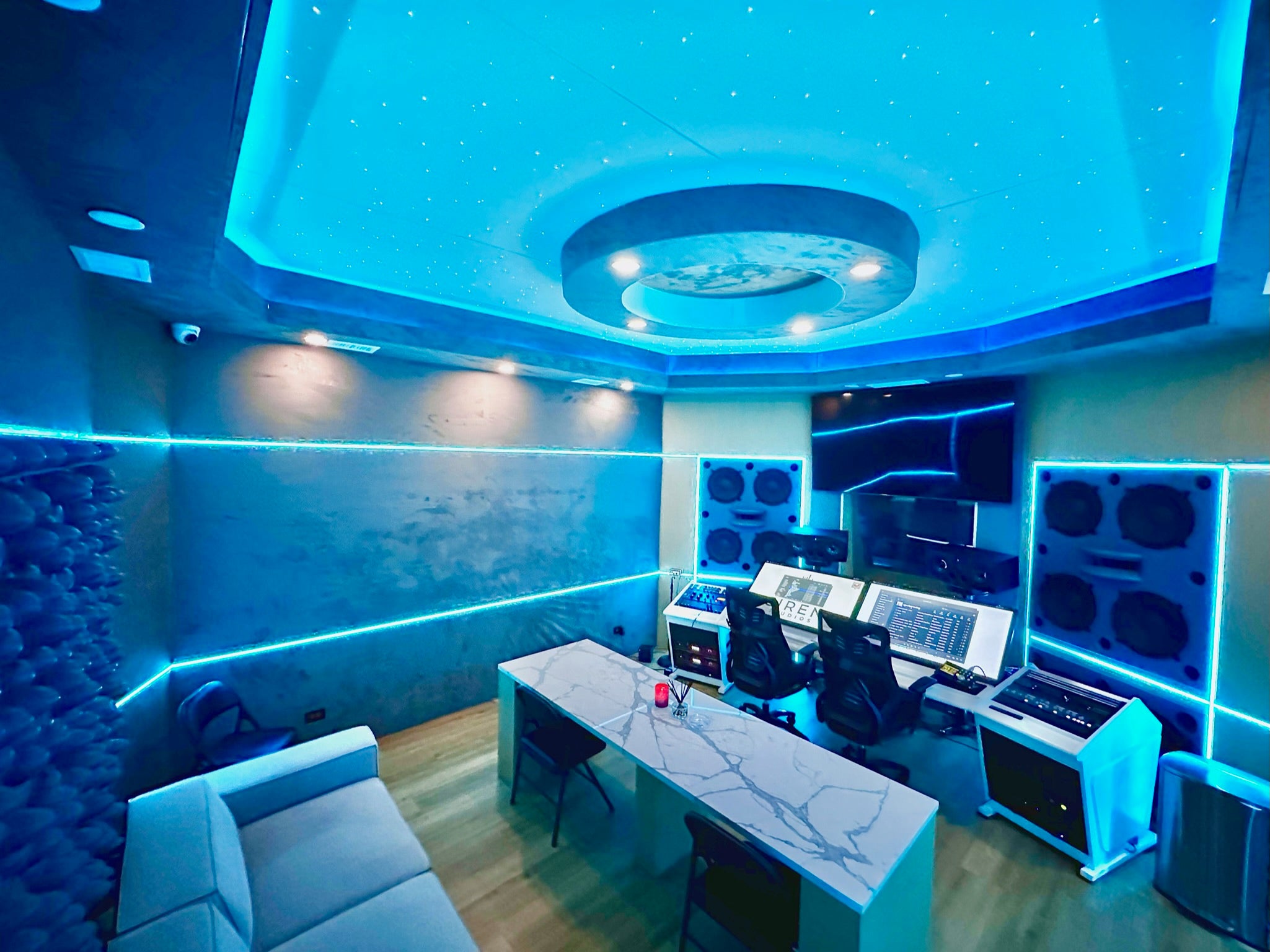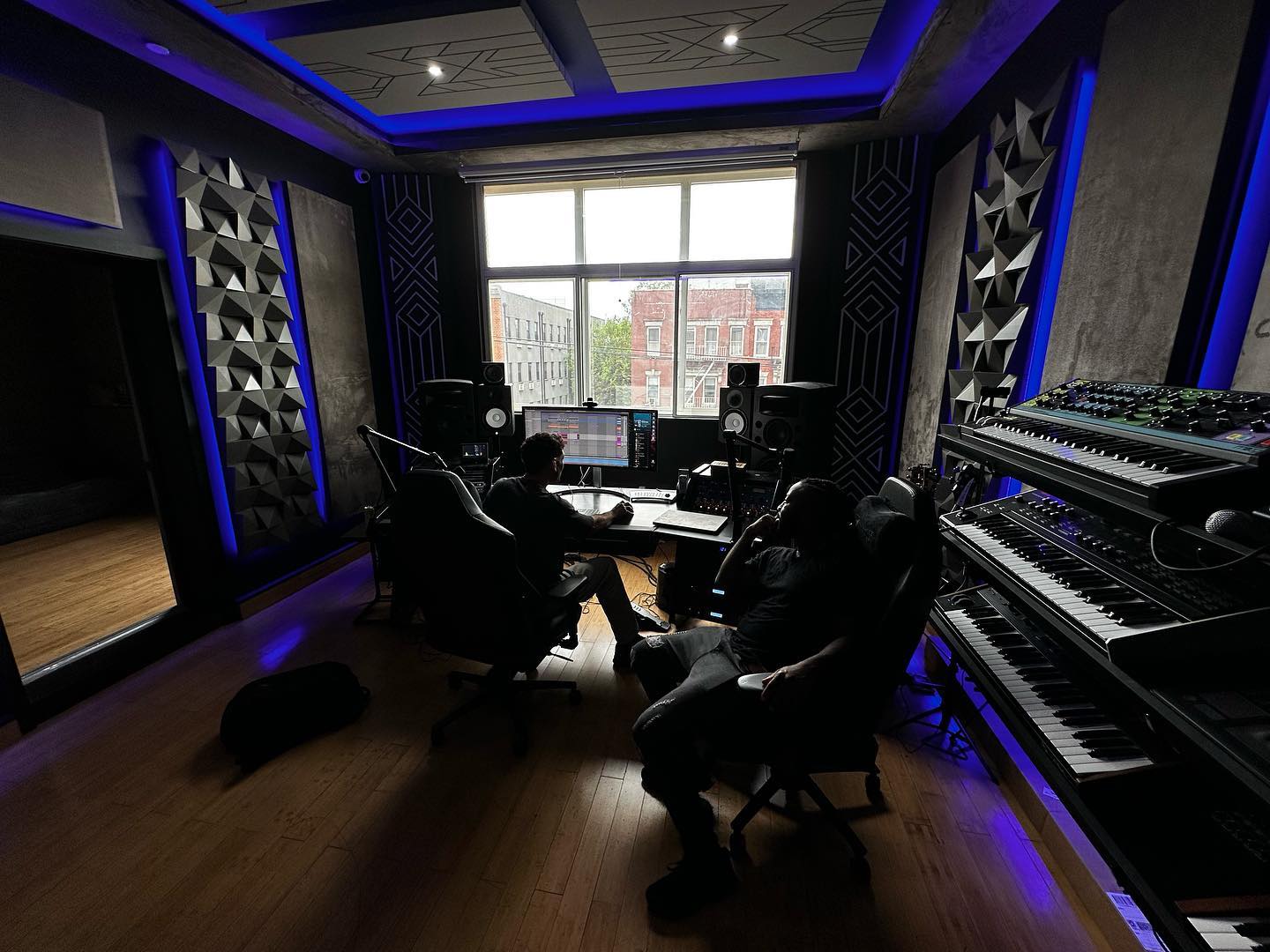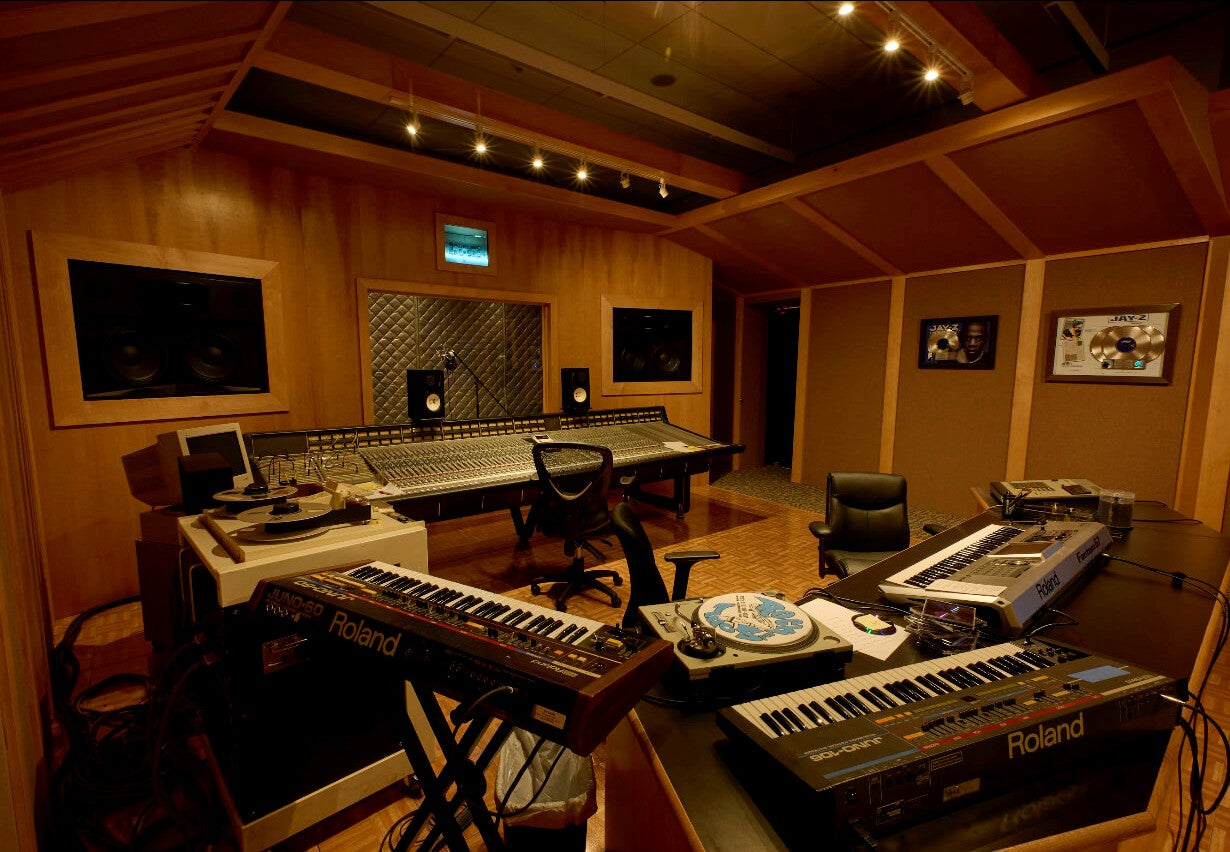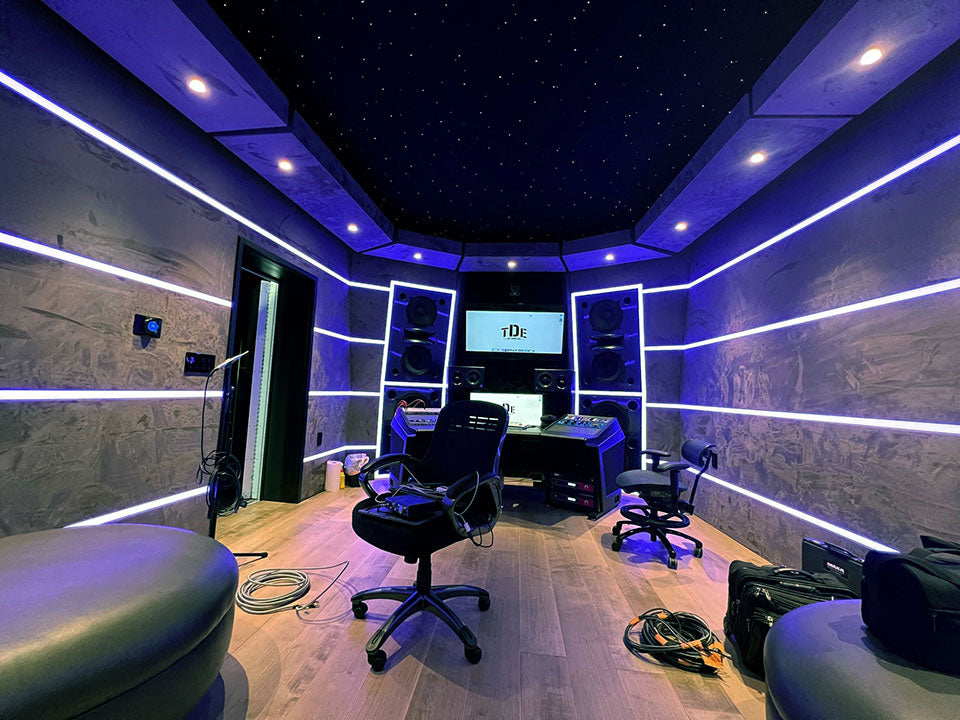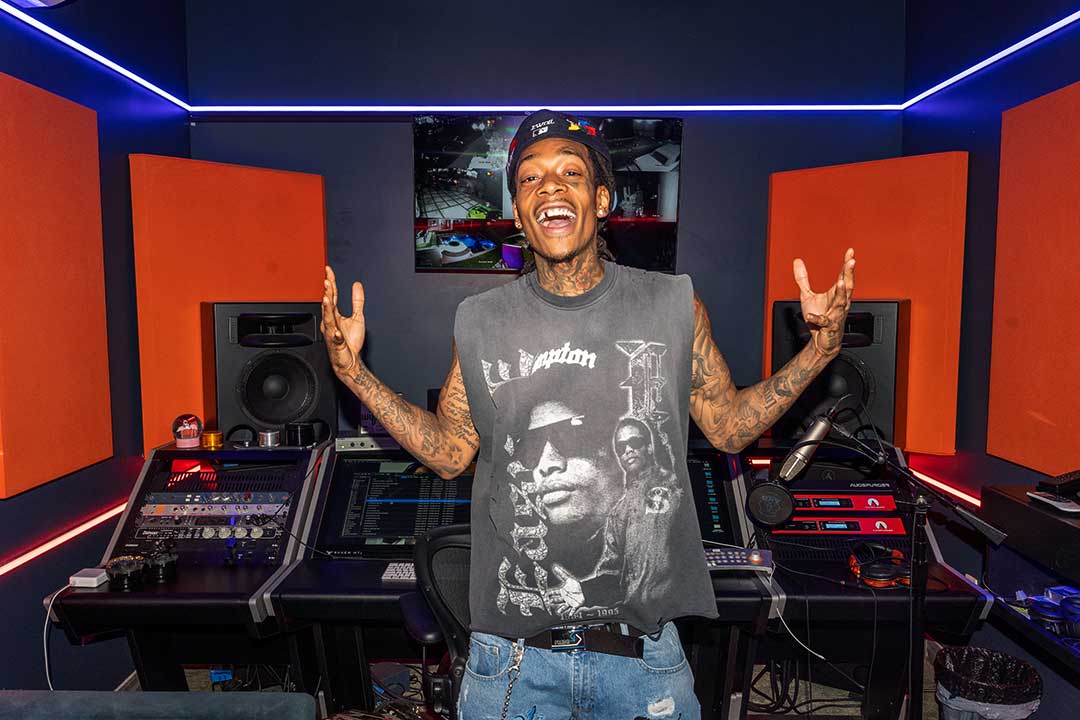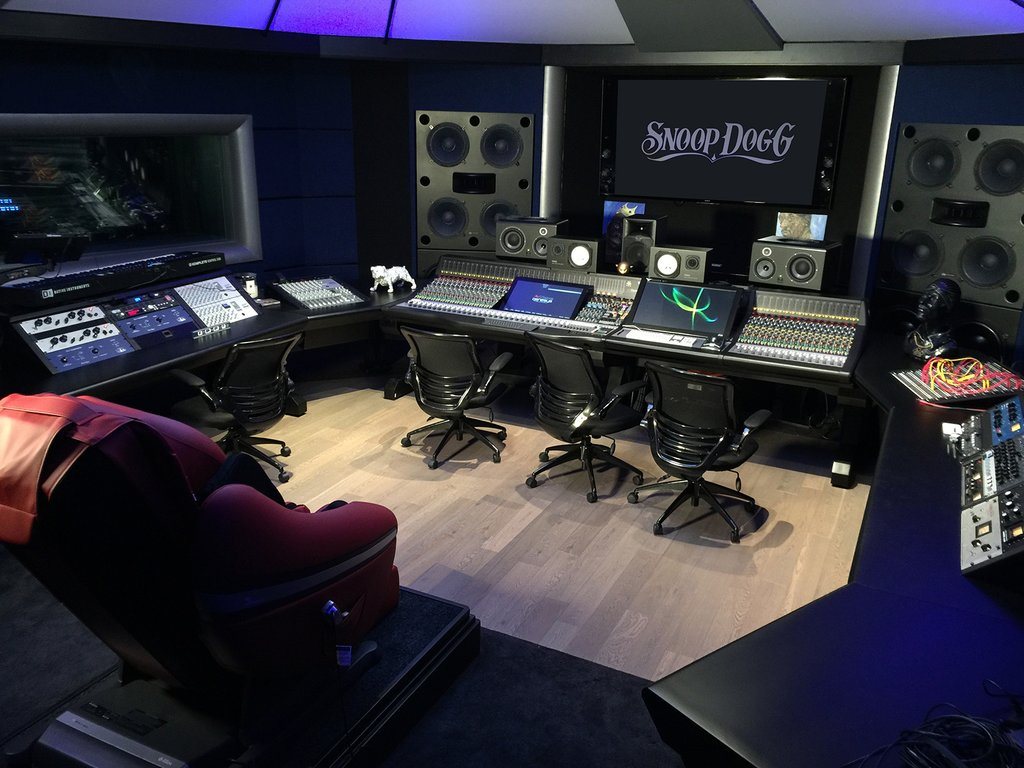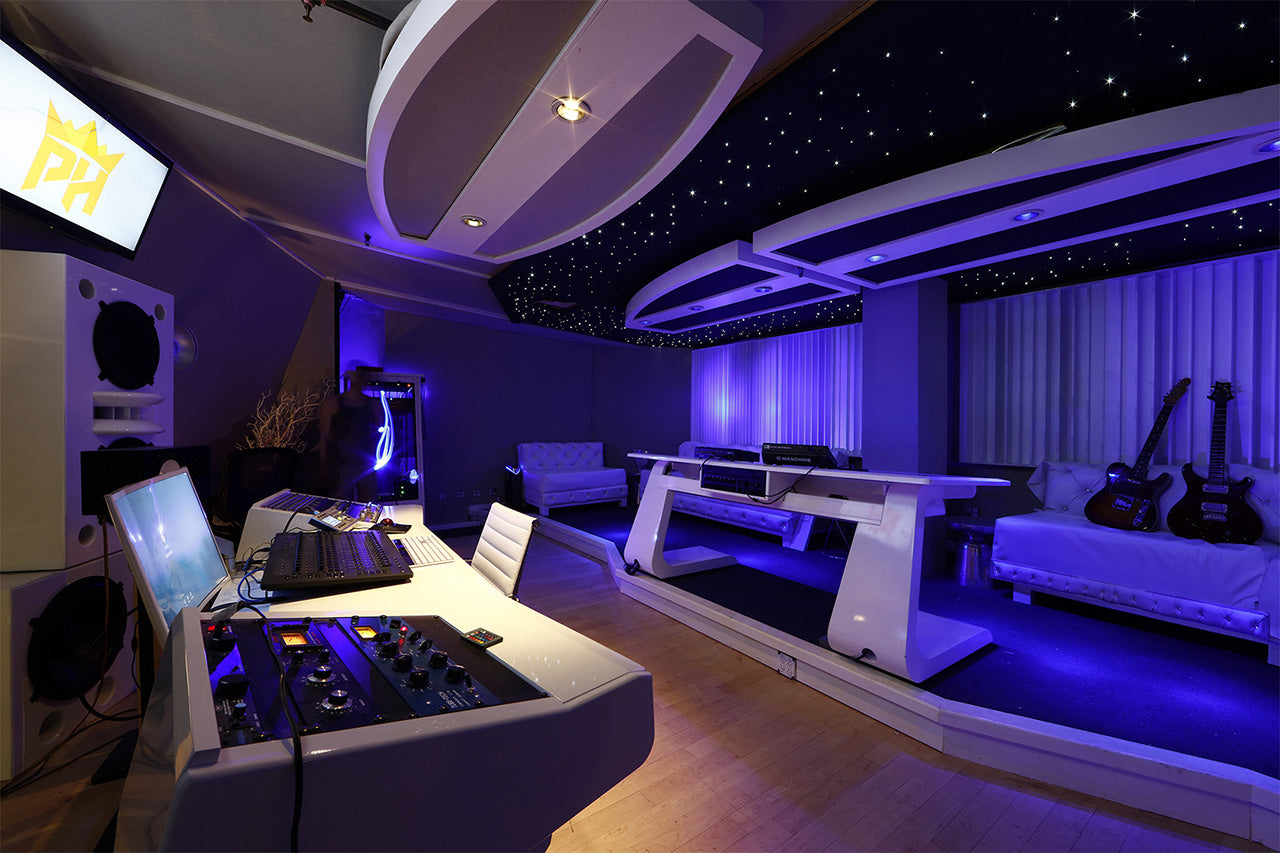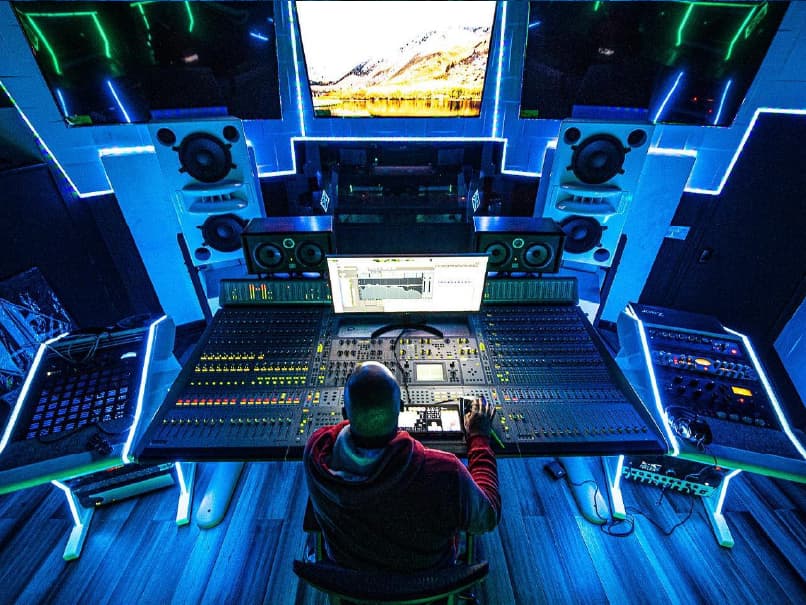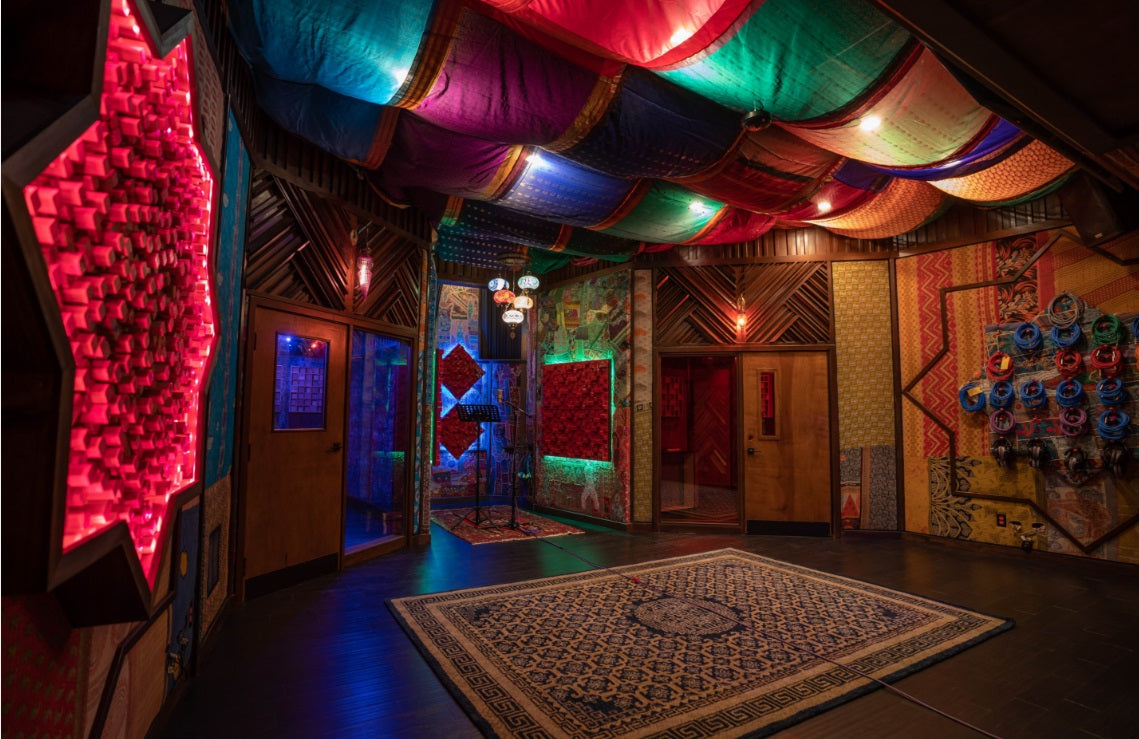The definitive sound of the world's best studios, perfectly recreated for the modern producer. Color your tone, saturate your signal, or give everything a subtle, vintage lift. The perfect way to warm up a digital signal.
As every modern music producer knows, the sheer amount of software plugins available seems almost limitless.
For years, top producers have coveted the sound of the venerable 1073 preamp. Now - through the power of Arturia’s advanced TAE modelling - you too can have a taste of that harmonically rich, classic tone in your DAW.
Devised by visionary electronics engineer and pro audio legend Rupert Neve, the preamp became a staple of the world’s top studios, and added its unique tonal flavor to countless hits. It was a revolution in 1970, pioneering the use of reliable high-efficiency transistors to replace the temperamental vacuum tube technology of the time.
The sound of the preamp became an instant hit with record producers, sound engineers, and artists the world over, cementing its place in music history.
Continuing that revolution, using their exclusive TAE technology, Arturia have recreated this phenomenal piece of music production history. Capturing and recreating its distinct musical color, its pleasing analog distortion, and its sweet-sounding tone controls, you’ll be able to start your virtual signal chain with one of the best sounding pres ever created.
Analog soundin the digital world
“... but my audio interface already has preamps. Why do I need virtual preamps? What difference will it make? ”
Great question!
As you’ll know, preamps raise the gain of incoming signals - from microphones and musical instruments - to usable levels, which can then be mixed. Practically all modern audio interfaces include preamps, just as most analog mixing consoles integrated preamps in the pre-digital age.
Thanks to today’s technology, preamps are very neutral and transparent in the way they amplify the audio signal. In the past, preamps tended to subtly distort the sound, imparting a tonal character to the audio they processed; a sort of “sonic fingerprint” that music producers would become familiar with, and start to use in creative ways.
This is what people usually refer to when they talk about ‘the sound’ of a mixing console. Running a session on a mixing console that used the 1073 preamps, for example, would give the whole track a harmonically exciting feel.
Now, you can enjoy the best of both worlds. You can use the preamps on your audio interface to get your signals to a usable level, and use Arturia’s software preamps to impart that iconic tone to your tracks.
Adding that“je ne sais quoi”
It’s difficult to let new producers and mix engineers know just how important the subtle sound-shaping power of preamps are;
We’re talking about something understated. It’s not a flashy synth or an extreme audio-mangling plug-in.
At their core, all of our preamp plugins provide 2 main benefits.
That’s what we think, anyway. How you decide to use Pre 1973 is up to you. Maybe you’ll just love the way drums sound when you slam the input gain and pull down the high end. In fairness, that does sound pretty awesome.
A link to the past
The original EMT®️ 140 was breakthrough technology: the world’s first plate reverb. Brighter and more versatile than the spring reverbs and echo chambers that preceded it, this plate reverb unit became part of practically every top studio’s arsenal. It was a serious investment, costing as much as a house, and weighing more than 3 people. Now, thanks to our exclusive physical modeling technology, you can use this studio legend in your DAW, without breaking the bank, or breaking your back!
Mixing confidence
Our reimagined version lets you adjust the pre-delay to let your original sound have space, a high-pass filter on the input to hone its tone, integrated chorus, and even a post reverb EQ to make sure the effect perfectly complements your track. Rev PLATE-140 lets you filter and EQ your sound before it even hits the plate, so you can get rid of all those muddy or bright frequencies you don’t want to enjoy a lush, vintage reverb whenever you like.
Crackingthe code
We built our award-winning reputation on accurately modelling classic synthesizers and keyboards, now we extend our expertise to bringing legendary, rare, and unattainable pro audio hardware to every modern music creator.
We didn’t just want to make something that sounded like a 1073, we wanted to create a living, breathing emulation to bring you as close as possible to the joyous original, and go beyond your expectations. To do Rupert Neve’s brainchild justice, we analysed the unique response of every electronic component of the hardware. To guarantee the best preamp sound, Arturia’s engineers travelled the world, visited studios, and spoke to producers and engineers who use their 1073 on every project.
When designing the Pre 1973, our quest brought us to London, England. There, we were able to spend some time with unit #3392, an original unmodified 1073 built in 1971.
This particular preamp helped shape the course of popular music for almost half a century. Now owned by Fish Factory Studio, it also played its part in creating iconic Blur and Gorillaz tracks when it was used by Damon Albarn’s sound engineer.
Taking its rightful place alongside the best performance keyboards, analog synths, and digital powerhouses in Arturia’s virtual hall of fame, the Pre 1973 is ready to show you what it’s made of.
Main Features
Virtual recreation of famed classic British preamp
Complete switchable EQ section
1 & 2 channels plugin versions
Comprehensive set of presets
State-of-the-art TAE® analog modeling
